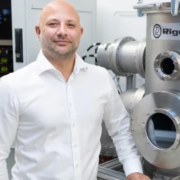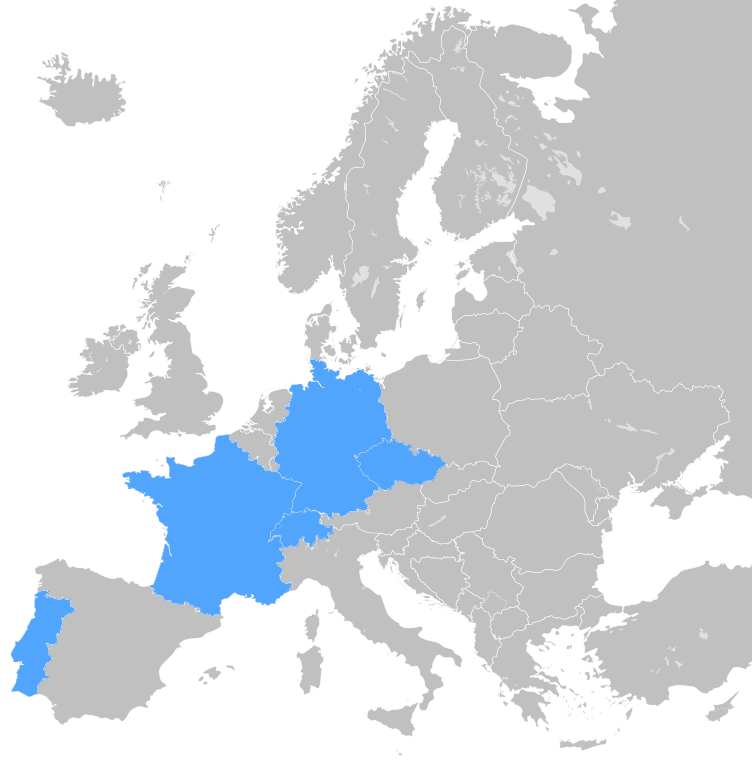
Instituto Superior Técnico, Lisbon, Portugal
École Polytechnique, Paris, France
Medizinische Hochschule Hannover (MHH), Hannover, Germany
Naneo, Germany
Arcoptix, Switzerland
Rigaku, Prague, Czech Republic

Instituto Superior Técnico, Lisbon, Portugal
École Polytechnique, Paris, France
Medizinische Hochschule Hannover (MHH), Hannover, Germany
Naneo, Germany
Arcoptix, Switzerland
Rigaku, Prague, Czech Republic

Marta Fajardo is an Associate Professor at the Instituto Superior Técnico (IST) and conducts her research at the Institute of Plasmas and Nuclear Fusion (IPFN). She obtained her Ph.D. from Ecole Polytechnique and Instituto Superior Técnico in 2001, starting her career with the study of plasmas for controlled nuclear fusion. Upon returning to Portugal, she conducted research on secondary sources of radiation such as X-ray lasers and high harmonics, and led various experimental campaigns at laser facilities in Europe and the United States as Principal Investigator. Currently, she leads the VOXEL station at IPFN, which operates a tabletop high power laser laboratory. Her team uses this setup to study new X-ray sources and their applications in high-resolution imaging and dense plasma diagnostics. Internationally, she currently coordinates the EIC-Pathfinder NanoXCan project, aimed at optimizing sources with high repetition rates using machine learning and developing a new X-ray microscope. Additionally, she serves as Vice-Chair of the Advisory Committee of the ERIC Extreme Light Infrastructure and as Vice Coordinator for Physics Engineering at IST.
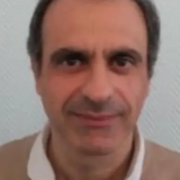
Has been working on CRNS in France.
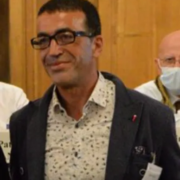
Is head of the Ultrafast Nanophotonics team. As well as the lead of the new infrastructure “NanoLight” dedicated to novel high harmonic generation, nanoplasmonics and ultrafast nanoscale imaging using high rep/rate femtosecond mid-infrared (1- 4µm) lasers. Other applications of the lab will focus on attosecond science in 2D, 3D semicondutors, dielectrics and petahertz electronics.
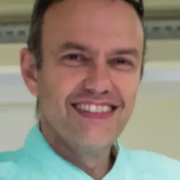
Is NanoXCAN WP1 coordinator. He received his PhD in laser physics from the Ecole Polytechnique in 1998 after graduation as an optics engineer at Institut d’Optique Graduate School. He then join the group of S.Payne at the Lawrence Livermore National Laboratory as a postdoc on Mercury, a Diode Pumped Solid State Laser (DPSSL) program.
In 2000, he was appointed tenure researcher by the French national science agency CNRS at the Ecole Polytechnique (LULI) where he worked on DPSSL laser physics.
In 2003, he co-founded Phasics and, in 2008, received the French Physics Society (SFP) Yves Rocard Award for inventing and achieving the successful technology transfer of an optical sensing technique.
Since 2015, he is in charge of the Ecole Polytechnique/Thales XCAN research program dedicated at coherent beam combination of dozens of fibre amplifying channels.
He is the author or co-author of 160+ communications in international conferences or papers. He also owns 6 patents, 2 of them related to the scientific field he pioneered in 2006 in crystallogenesis of gradient-doped crystals for laser applications.

Currently works at the Institute of Quantum Optics and the NIFE Institute, Leibniz Universität Hannover, moreover, he’s a member of the scientific directorate of the Laser Zentrum Hannover (LZH).
Alexander does research in Experimental Physics, Biomedical Optics, Lasermedicine and Biophotonics.

Is a physicist expert in the field of Liquid crystal systems and optical measurement systems. He is one of the founders of Arcoptix and is responsible, since 2006, for the liquid crystals products. Dr. Boer has invented several unique liquid crystal based devices in particular the static Wollaston Fourier spectrometer (ARCSpectroHT) and the radial polarizer. Before founding Arcoptix, Dr. Boer was postdoc at the EPFL and university of Neuchatel where he worked on several optical systems development projects for medical applications in collaboration with local SME’s. Dr.Boer will be in charge of the prototyping of the Liquid crystal SLM.
